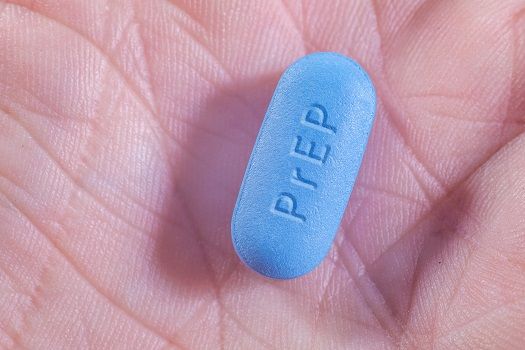Article
Truvada and HIV-Blocking Vaginal Ring Safe in Adolescents
Author(s):
HIV prevention needs of adolescents may differ from those of adults, but their treatments may not have to.

Emtricitabine/tenofovir (Truvada) and an experimental vaginal ring used for HIV prevention have been found acceptable for use in adolescents, according to investigative teams at the 9th IAS Conference on HIV Science in Paris, France.
This was the first clinical trial to test HIV-preventative vaginal rings on girls under the age of 18, and the second to report pre-exposure prophylaxis (PrEP) data on adolescent girls, according to researchers.
Clinical trials tested the 2 treatments on 2 groups: 148 sexually active and HIV-uninfected 15- to 19-year-olds (99 girls and 49 boys) in South Africa for Truvada, and 96 15- to 17-year-old girls in 6 US cities for the vaginal rings.
“Adolescents and young people represent a growing share of people living with HIV worldwide,” said Anthony S Fauci, MD, director of the National Institute of Allergy and Infectious Diseases (NIAID), a division of the National Institutes of Health (NIH). “Science has demonstrated that the HIV prevention needs of adolescents may be different than those of adults, which is why these new study findings are so important.”
The vaginal ring saw higher adherence numbers among participants than the oral tablet, as loyalty to the tablet diminished as study visits decreased. Participants who took the tablet were asked to take daily oral Truvada for a 3-month period and could extend for up to a year if they chose to.
To determine whether participants adhered to their Truvada treatment regimens, researchers tested for emtricitabine and tenofovir — the 2 anti-HIV drugs present in Truvada – in the participants’ blood samples. After 3 months, tenofovir was detectable in 57% of participants (with an 82% opt-in rate), decreasing to 38% by the end of 12 months (with a 64% opt-in rate). By the end of the study, almost 40% of participants were still taking the tablet as prescribed.
During the trial period, one 19-year-old was infected with HIV, but it was noted that she had stopped taking the Truvada tablet 3 months before her diagnosis.
“The trend toward lower adherence to Truvada for PrEP as study visits became less frequent parallels what was observed in a study of PrEP in adolescent gay and bisexual boys, suggesting that monthly study visits may support greater adherence to oral PrEP among adolescents over time,” said Protocol Chair and International AIDS Society President Linda-Gail Bekker, MB, ChB, PhD, the deputy director of the Desmond Tutu HIV Centre at the University of Cape Town, South Africa.
For the vaginal ring, 96 US participants were randomly assigned either a dapivirine or placebo ring at a 3:1 ratio in double-blind fashion. Participants were asked to replace their ring each month for a 6-month period.
The ring was met with 93% approval from participants, and dapivirine — the anti-HIV drug – was noted at acceptable levels in 87% of blood samples and 95% of used rings. Investigators found that the ring was overall safe and acceptable to use for the participants.
“We are encouraged by these results of the dapivirine ring in 15- to 17-year-old girls,” said Sharon Hillier, PhD, principal investigator of the NIH-funded Microbicide Trials Network (MTN), and professor and director of reproductive infectious disease research in the Department of Obstetrics, Gynecology and Reproductive Sciences at the University of Pittsburgh School of Medicine. “The study has demonstrated that the ring is safe in US teens, and now we need data on the safety and acceptability of the ring in African adolescent girls. The REACH study, scheduled to launch later this year, will generate this data.”
The REACH study will evaluate the safety of both the dapivirine ring and the oral Truvada tablet for African women and adolescent girls ages 16 to 21, as well as the preferences for each approach.
These findings are especially important because despite making up only 11% of the adult population, adolescent girls and women aged 15 to 24 account for 20% of new HIV infections among adults.
More Like This >>>
HIV Risk Higher Among Women Due to Greater Risk Behaviors
How to Determine when HIV Patients Should Switch ART Regimens





